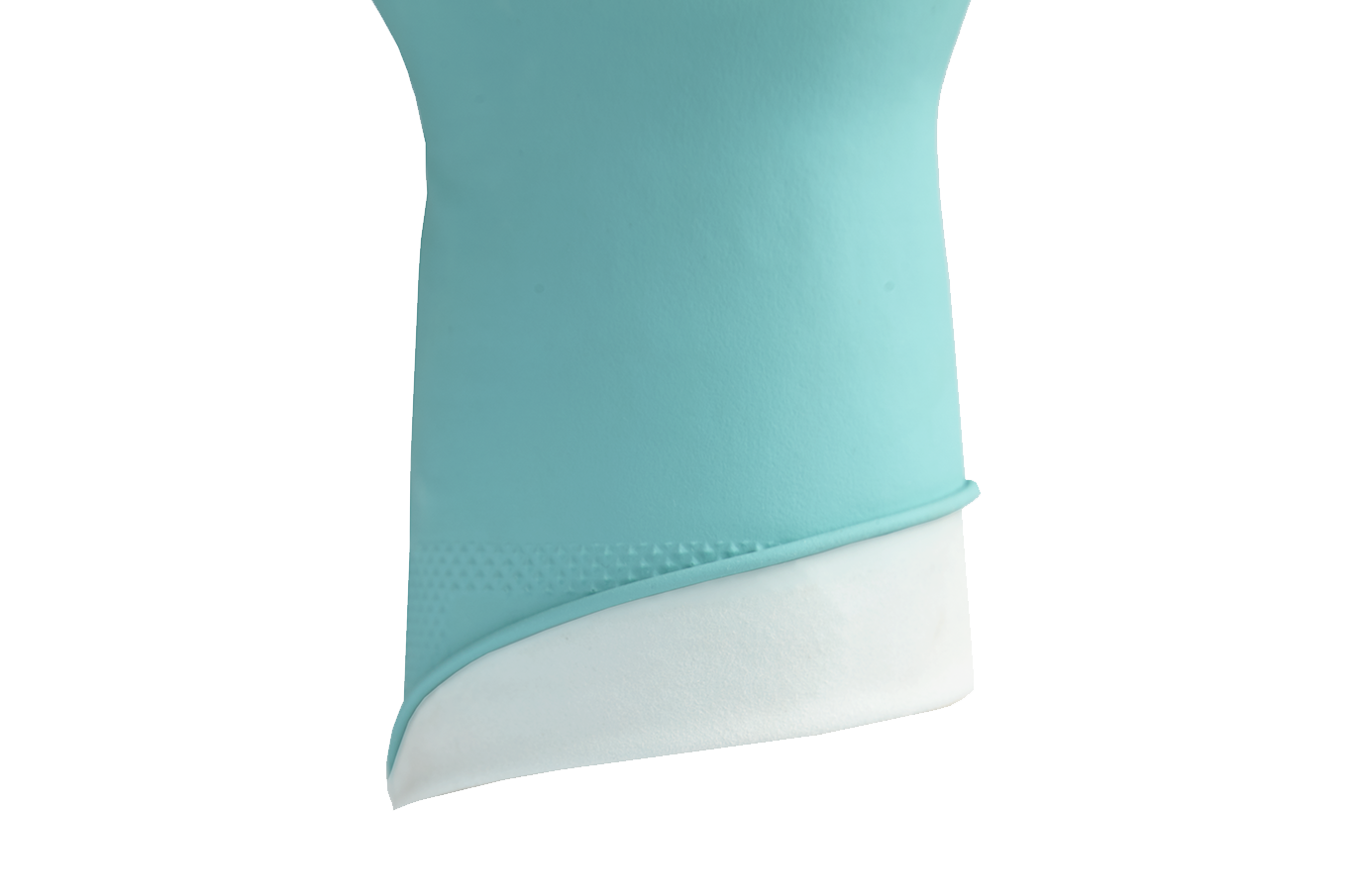RAW MATERIALS
In the modern glove industry scenes, gloves of several different raw materials (elastomers) have been introduced to cater to a larger universal of end-user applications. Choosing gloves of a suitable raw material is crucial in picking up the right gloves for a desired application.
PRO
-
Offer exceptional elasticity, flexibility resulting in superior comforts
-
Superb abrasion resistance to bending, tearing
-
Suitable for application to water soluble compounds
-
Superior, secure grip led to better handling
CONS
-
Compromised resistance to petroleum-based chemicals
-
Poor resistance to heat, flame and ozone
-
Potentially causes allergic reactions in some rare cases
PRO
-
Superior resistance to petroleum-based chemicals and other fat-based compounds
-
Excellent heat resistance
-
Offer superior puncture resistance in comparison to latex
-
Contains no latex proteins, avoiding any allergy risks
CONS
-
Rigid structure with compromised elasticity, potentially leading to fatigue after long application
-
Offers less grip in comparison to latex
-
Less stretching ability, easy to tear upon
PRO
-
High chemical resistance against several compounds such as acids, alcohols, fats
-
Superior elasticity, offering greater comfort in comparison to nitrile
-
Does not contain natural proteins, no allergy risks involved
-
Resistance to heat and flame
CONS
-
Weakened grip, often become slippery when wet
THICKNESS
After determining an appropriate raw material for the gloves, thickness is another important parameter to be taken into consideration. Thick gloves possess higher layers of compound, thus offering greater degrees of protection and enhanced durability. However, handling dexterity are compromised and extended task executions on thick gloves could result in fatigue, especially for more rigid raw materials such as nitrile. Therefore, an appropriate glove thickness shall be chosen to achieve the right trade-off between durability, dexterity and cost.
LENGTH
The usual length for gloves often comes in between 12-16 inches or 305-405 mm. Longer gloves are often ideal for more heavy-duty applications or for applications which require superior water protection.
LININGS
Household gloves often have its internal surface coated with different types of linings to enhance moisture absorption, and softness. However, un-lined gloves are preferred for some applications with stringent hygienic demands as lining materials can potentially contaminate the gloves.
PRO
-
Superior moisture absorption keeps hand dry for longer amount of time
-
Enhance comfort with thick layers of flocking materials
CONS
-
Improper flocking process could cause the flock to fall off upon donning
-
Unsuitable to food processing
PRO
-
Suitable for food processing industry
CONS
-
Inferior moisture absorption, which compromise comfort on prolonged application
PRO
-
Distinguished lining color facilitates visual inspections for any faults on the glove’s external surface.
-
Specially designed lining coated with silver component for easy donning
CONS
-
Inferior moisture absorption, which compromise comfort on prolonged application
GLOVE PATTERNS
Patterns |
Image |
Properties |
Honeycomb |
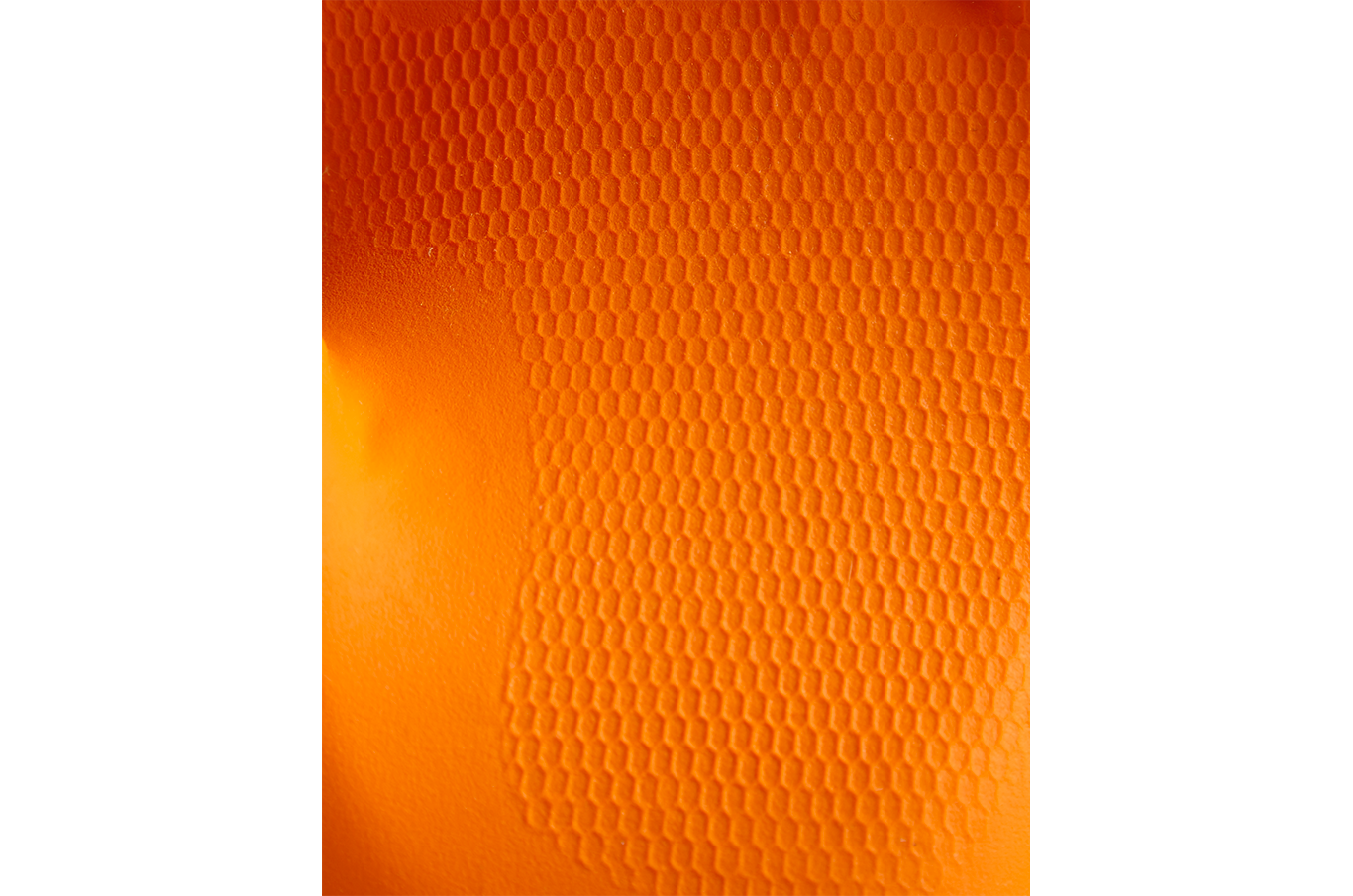 |
Closely integrated honeycomb pattern offers grip on wet and equally capable on animal greasy surfaces |
Fish scale |
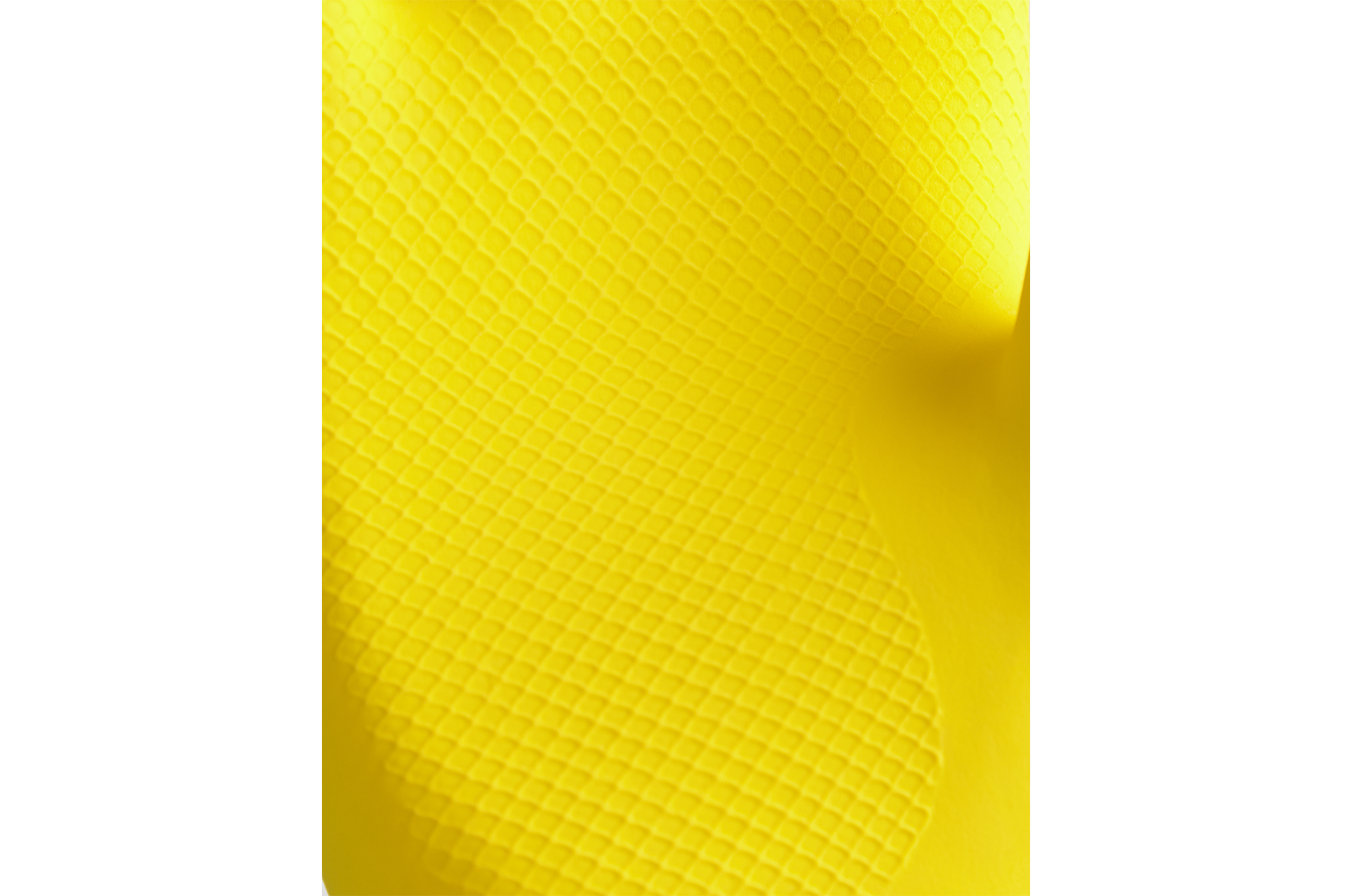 |
Create vacuum-like condition which offers excellent grip especially on fatty surfaces |
Household Diamond |
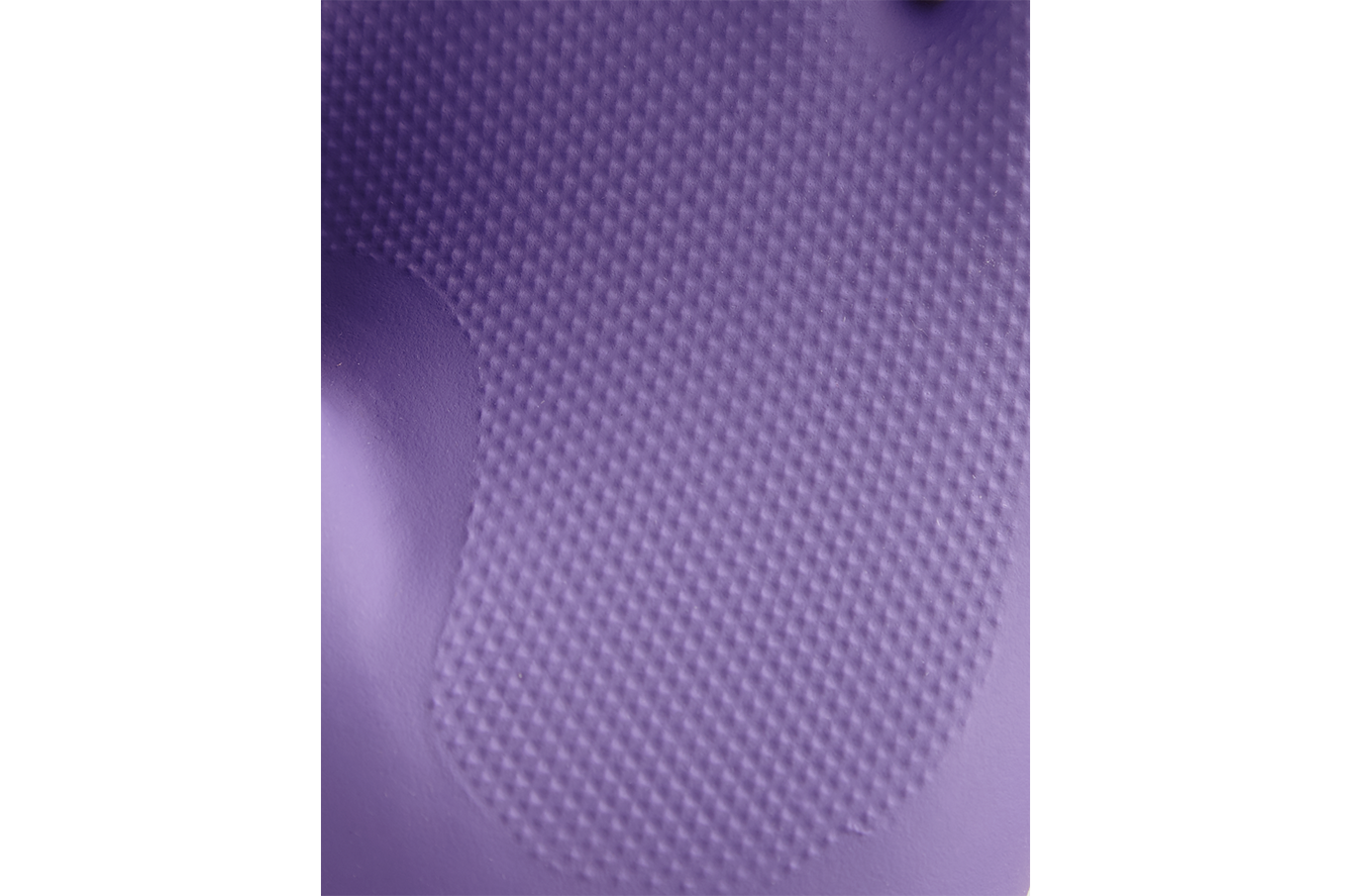 |
The pattern emulates rough diamond surface which offers excellent handling on wet surfaces |
Industrial Diamond |
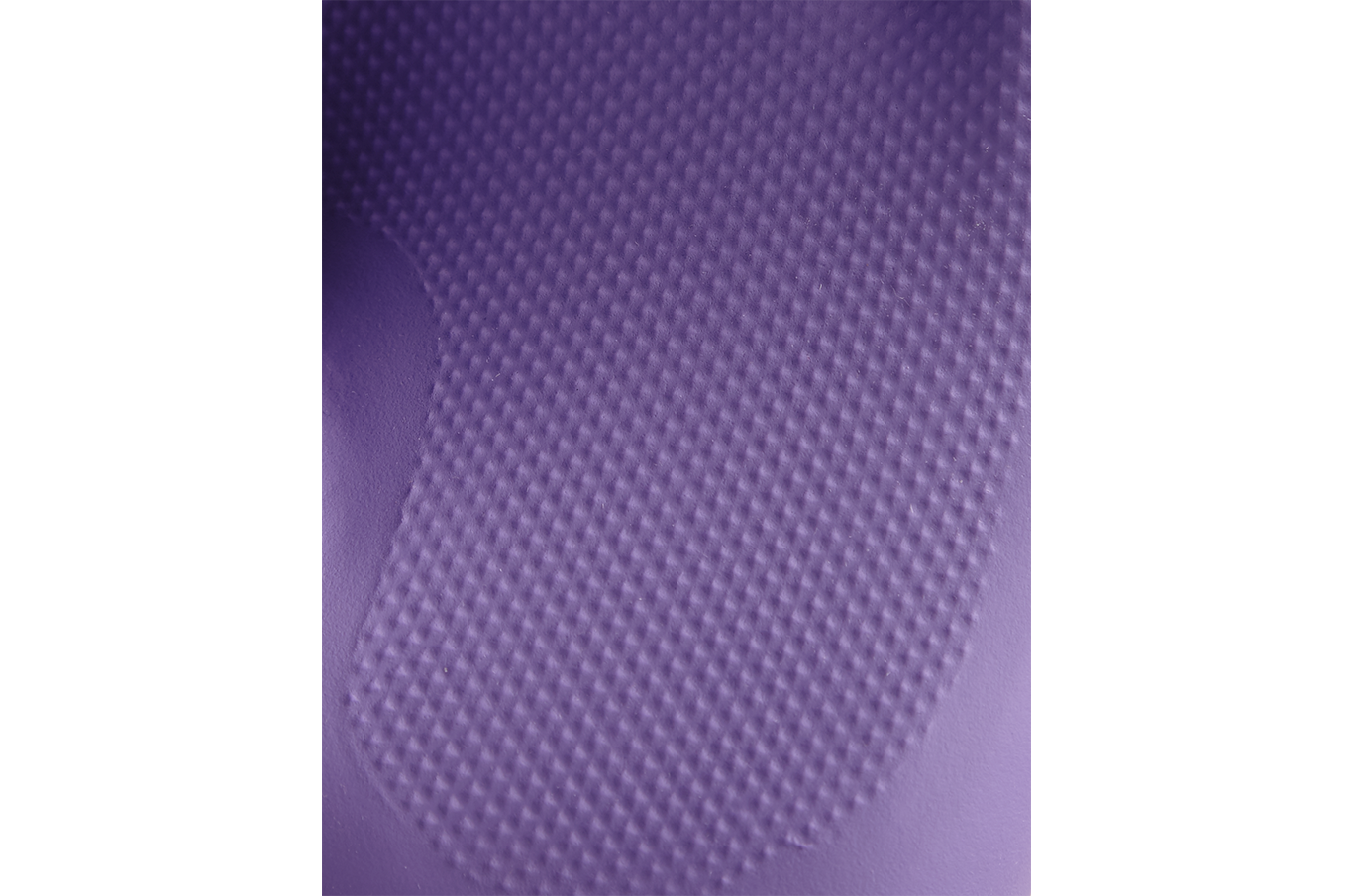 |
The larger, higher-raised diamond pattern with sharper cut offers superior grips on greasy, coarse surfaces typically found in factories, an ideal for industrial application |
Crosswave |
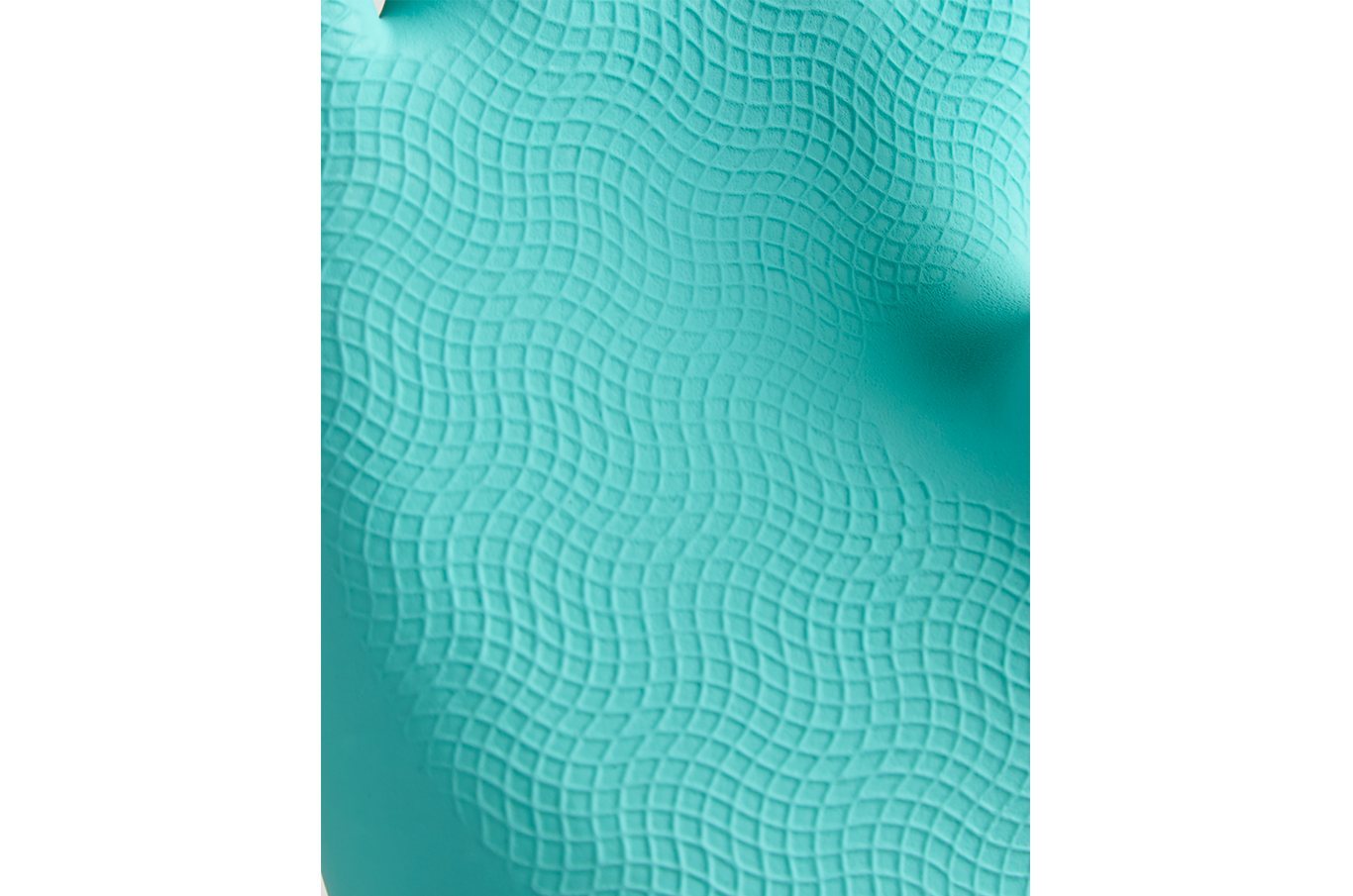 |
An innovative cross-linking pattern offers excellent liquid draining on the surface, thus offering superior grip on wet surface |
CUFF
Cuff |
Image |
Characteristic |
Waving |
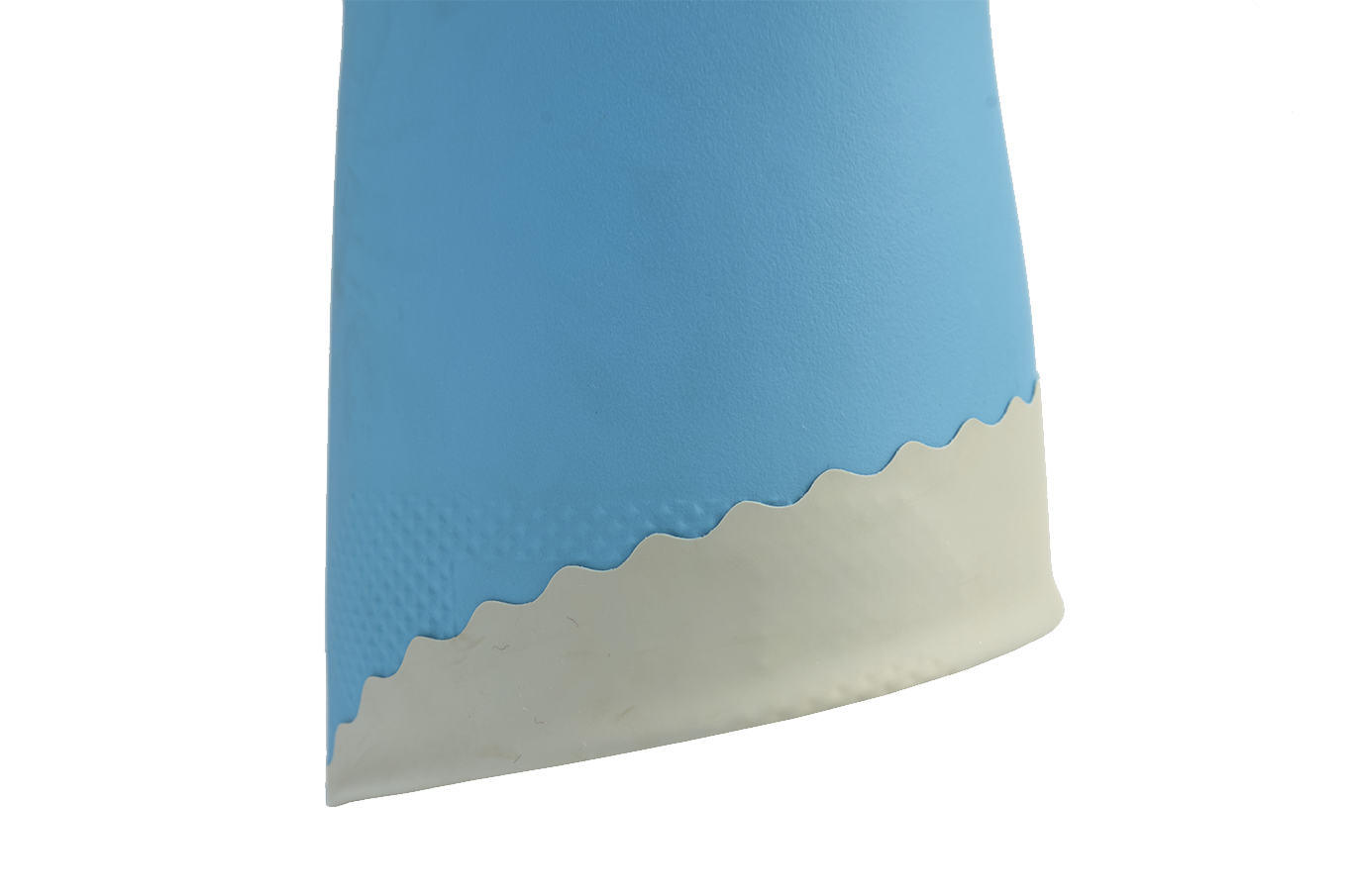 |
Cross-linking, alternate pattern designed to trap liquid entering the glove’s inner surface |
Straight |
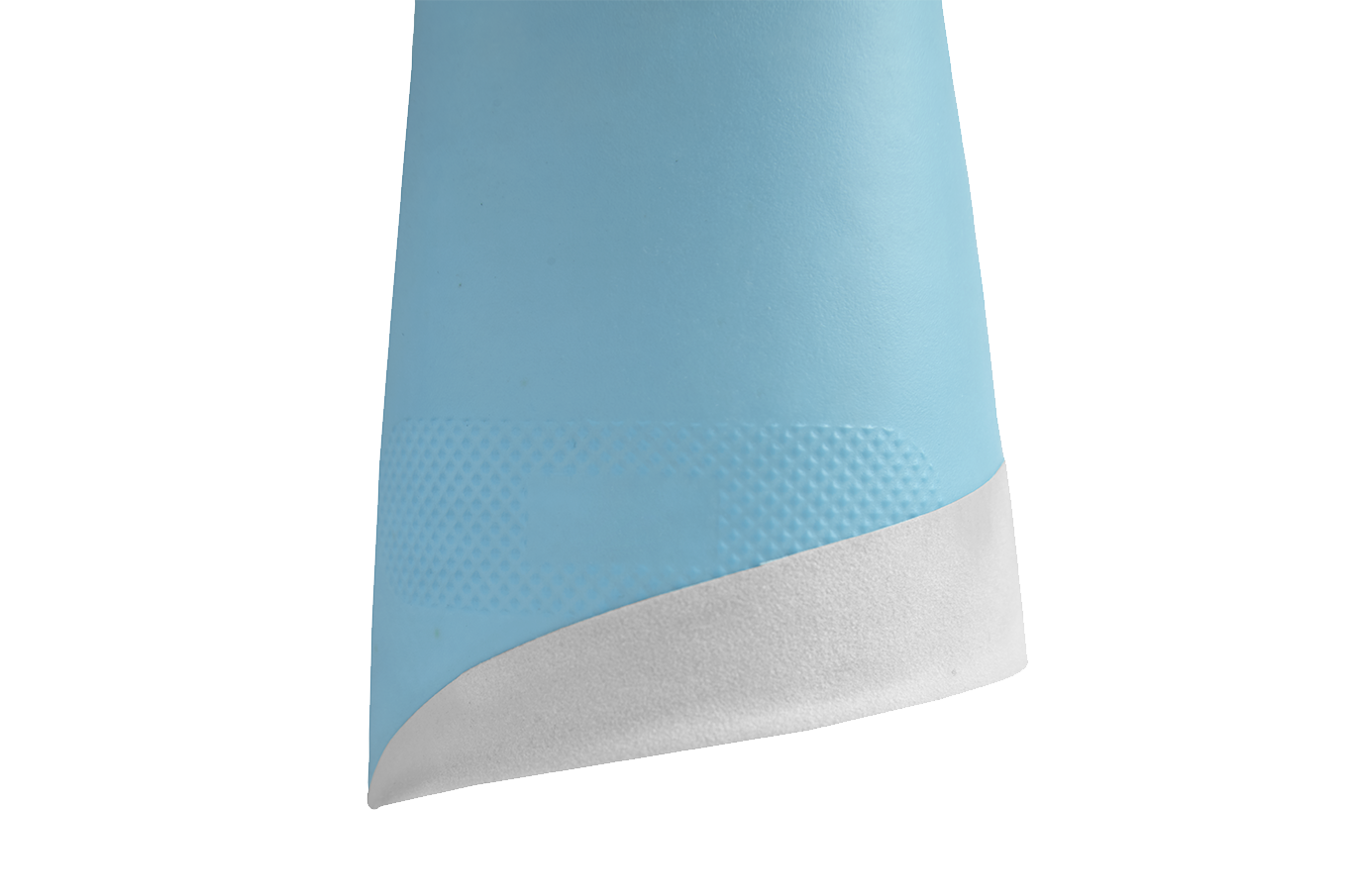 |
Higher application flexibility with extended cuff length which enables folding for enhanced liquid protection |
Beaded |
|
A strengthened cuff which offers superior protection from water, chemical and grease |


